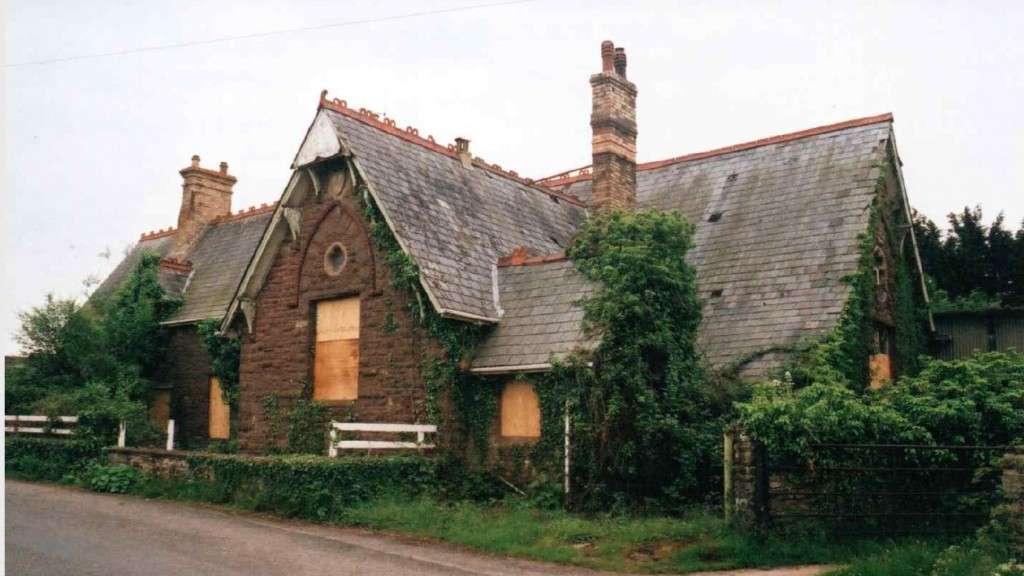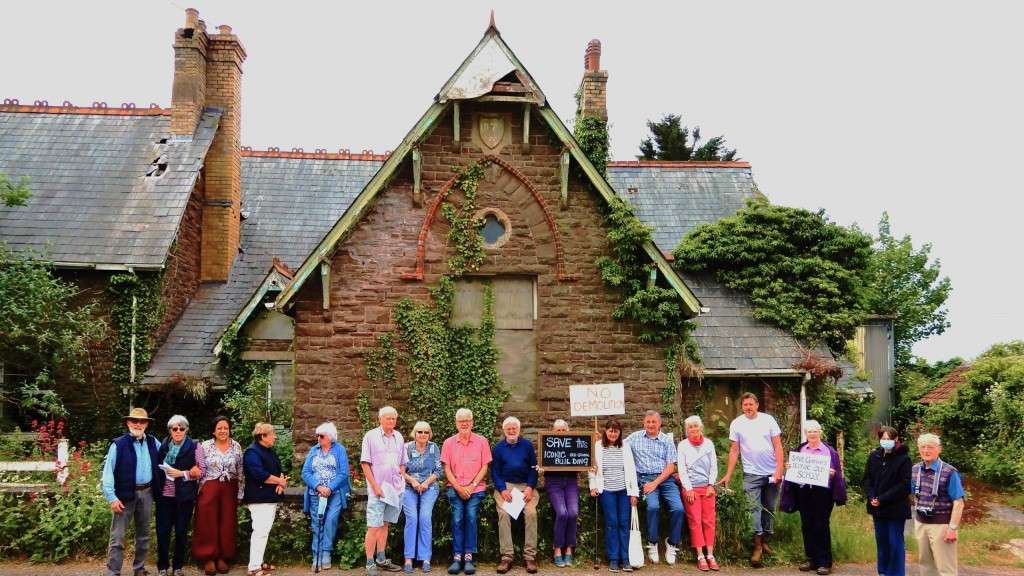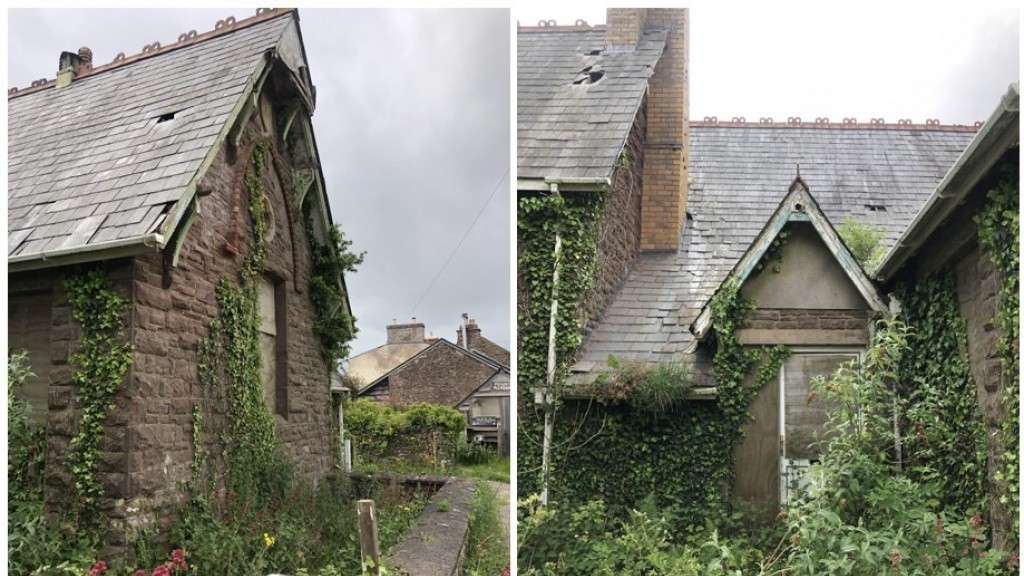SAVE urges government to plug damaging planning loophole as battle for local Victorian school runs out of road
29th June 2023
SAVE Britain’s Heritage is disappointed that the Court of Appeal has found against our legal objections to the planned demolition of a historic former school in Garway, Herefordshire.
This handsome Victorian building – which already has planning permission for conversion into flats – is now set to be needlessly demolished.
SAVE – alongside a strong local group – fought the proposals at the planning application stage and doggedly followed the case through the High Court and Court of Appeal. It’s yet another example of buildings that are important to local communities and attractive features of towns and villages being wastefully lost under so-called ‘Permitted Development’ Rights – a planning loophole which allows owners to side-step normal planning controls.
SAVE is backing calls to amend the forthcoming Levelling Up Bill to remove this ‘right to demolish’ from Permitted Development Rights. According to figures published by the Royal Institute of British Architects (RIBA), over 50,000 buildings are demolished every year, resulting in huge environmental costs in terms of wasted resources, and needless loss of historic buildings – including those identified on local heritage lists.
They might not be nationally listed or in conservation areas, but many of these buildings add special character and interest to streets and squares in neighbourhoods throughout the UK.
See the full Court of Appeal judgement here.
Back story
The Court of Appeal decision follows a sustained campaign against the decision by Herefordshire Council in April 2022 to allow demolition of the 1877 school building in the village of Garway under a planning loophole called Permitted Development Rights (PDR).
SAVE launched Judicial Review proceedings in response to the decision, arguing that the council had failed to properly assess whether the school was unsafe or uninhabitable, a key test when deciding whether to permit applications under PDR.
In order for the demolition of a building to be allowed under PDR - a planning mechanism which bypasses the need for full planning permission - a building must not have been rendered unsafe or uninhabitable as a result of the owner's own neglect (action or inaction). SAVE's view is that the council did not apply the correct test when considering whether the PDR right to demolition applied to Garway School.
SAVE had previously supported the council's refusal of the owner's first application to demolish the buildings in 2021 and its subsequent and detailed application to Historic England for the buildings to be granted protection by heritage listing. Historic England ultimately decided not to list the building but did emphasise the quality of the structure as being of high local historic and architectural interest.
History
Located within the idyllic setting of rural Herefordshire, Garway Old School (as it is now known) was originally built as a board school, consisting of a schoolhouse with an adjoining residence for the headteacher. Designed in a decorative Gothic style by local architect E.H. Lingen Barker, the school was completed in 1877, and opened in 1878 with 50 schoolchildren.
Most board schools built at the time were concentrated in large cities where education provision was worse, which makes the Old School in Garway a rare example for such a small, rural village.
Prior to 1870, the local vicar educated the children of Garway in the Chapel of St Michael's Church. Following the Education Act of 1870, the Skenfrith School Board was established in 1874 and it was decided that a board school should be built in the village with a teacher's residence provided nearby. The architect appointed, E.H. Linger Barker, was Herefordshire born and had experience of designing schools in London. He also designed schools in Grosmont, New Inn (Cross Ash) and Norton, all across the Welsh border, for the Skenfrith School Board.
His design for Garway consisted of a large schoolroom with tall windows, a smaller schoolroom, and an adjoining headmaster's residence. There were two entrance lobbies, possibly to provide separate entrances for boys and girls. The building was multi-gabled and constructed of coursed rubble ashlar with a slate roof and crested roof tiles. The main schoolhouse displays external decoration which distinguishes it from the rest of the building such as a shield with the date 1877, Gothic brick hoodmoulds and recessed glazed quatrefoils.
ENDS
Note to editors
1. For more information contact Ben Dewfield-Oakley, conservation officer at SAVE Britain’s Heritage – ben.dewfieldoakley@savebritainsheritage.org / 020 7253 3500
2. SAVE Britain’s Heritage is an independent voice in conservation that fights for threatened historic buildings and sustainable reuses. We stand apart from other organisations by bringing together architects, engineers, planners and investors to offer viable alternative proposals. Where necessary, and with expert advice, we take legal action to prevent major and needless losses.
3. Too Good to Lose: Historic Schools at Riskis a publication by SAVE Britain's Heritage which looks at the alarming number of Victorian, Edwardian and inter-war schools at risk of decay and demolition, as well as some that have been saved, refurbished or converted for new use.



